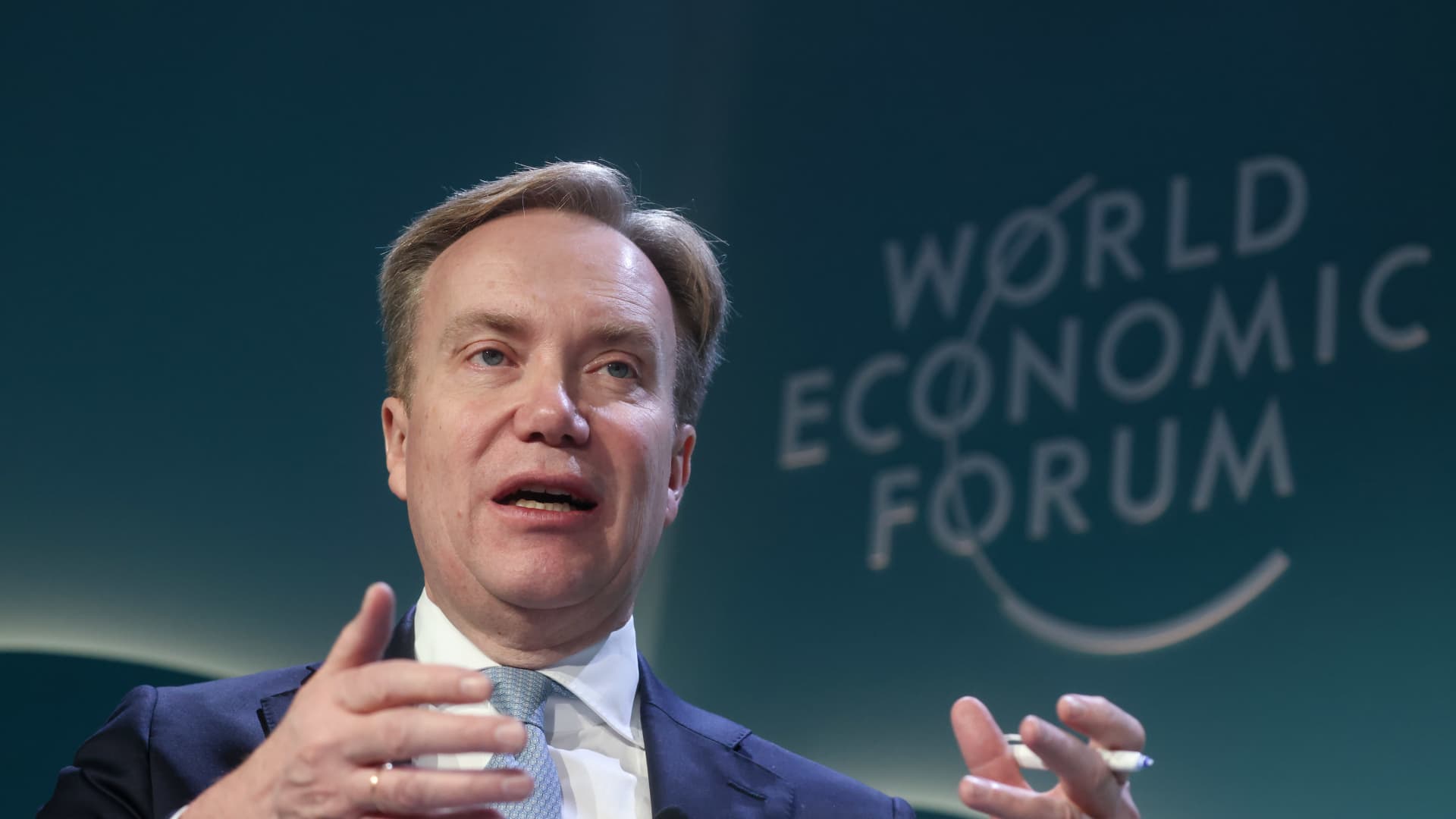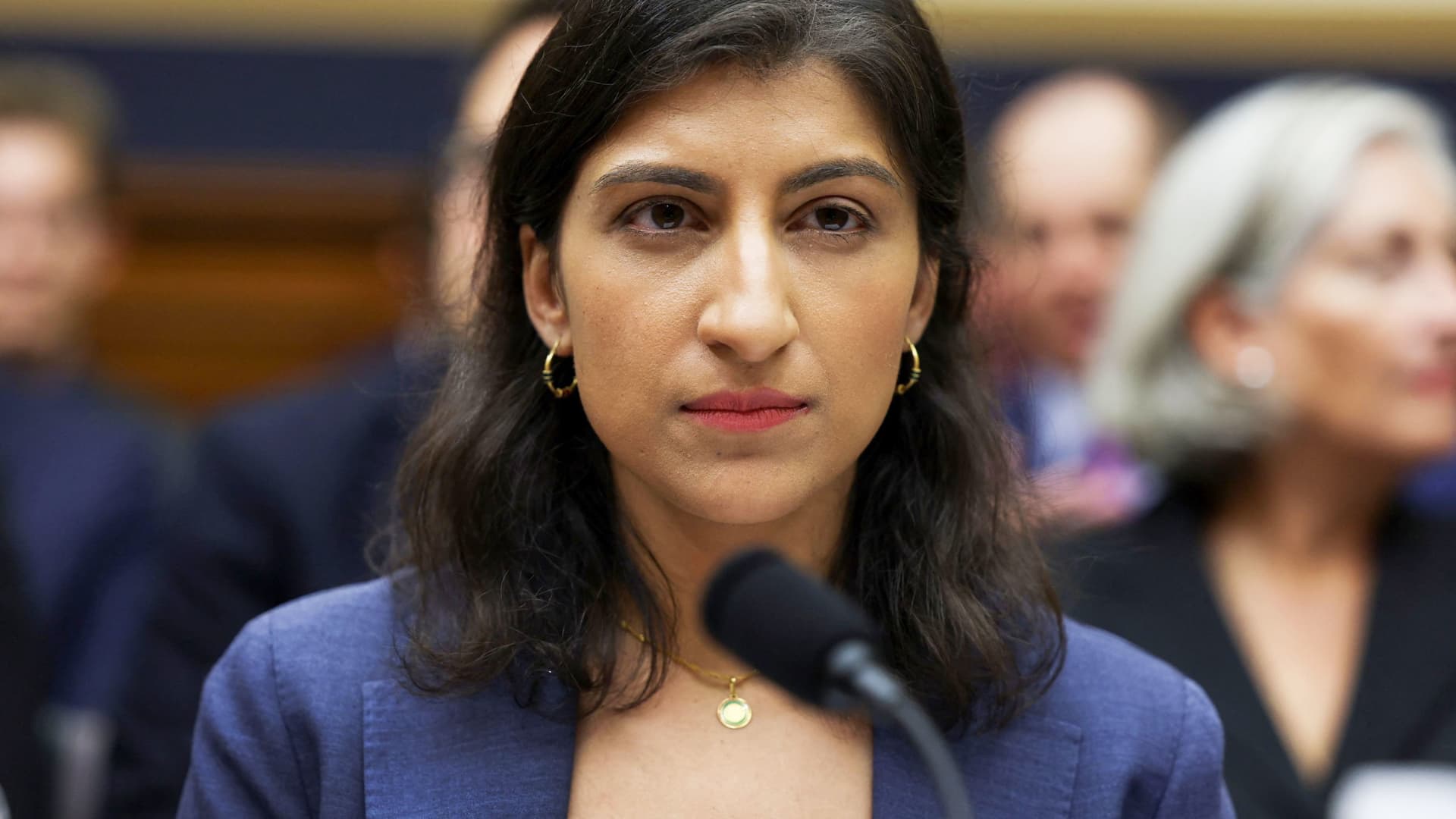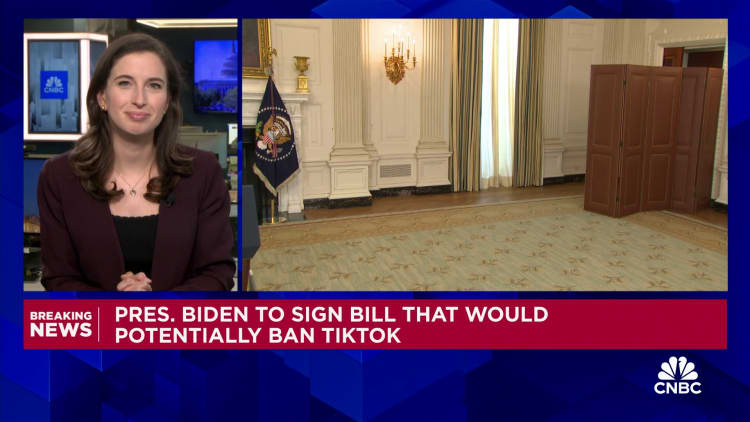Job growth, wage growth and business growth are all buoyant, and inflation has fallen sharply from its 2022 highs. Although consumer sentiment is improving, it is still poor.
One reason could be sticker shock due to some clearly visible prices – even as overall inflation has calmed down. An important example is the cost of car insurance.
Motor vehicle insurance rose 1.4 percent monthly in January alone and 20.6 percent last year, the strongest increase since 1976. It was a major success for drivers of the approximately 272 million private and commercial vehicles registered in the country. And it has helped dampen the “mission accomplished” sentiment about inflation that was bubbling up in markets earlier in the year.
According to a recent private sector estimate, the average annual premium for comprehensive auto insurance will be $2,543 in 2024, compared to $2,014 in 2023 and $1,771 in 2022.
There are various reasons for this increase, but the central cause is clear: cars and trucks are now more expensive, and so is insurance for them.
The cost of purchasing and owning a vehicle accounts for a significant portion (about 10 percent) of the total consumer price index used to measure U.S. inflation. From January 2020 to January 2024, the cost of a new vehicle increased by more than 20 percent and the cost of used vehicles increased even more, while overall vehicle repairs increased by 32 percent. Computer chip shortages and other supply chain problems have had a brutal impact on automobile production, creating shortages that have driven up purchasing prices that in many cases have not fallen.
In that context, the roughly 40 percent increase in auto insurance premiums since December 2019 seems “reasonable,” said Mark Zandi, chief economist at Moody’s Analytics.
Insurers are for-profit companies whose mission is to cover the costs of a wide range of incidents. So as their potential liabilities rise, companies say premiums must also rise so that expenses don’t exceed their income.
As recently as the fourth quarter of 2022, large underwriting losses caused Allstate to post a net loss of $310 million, even though the company had increased premiums.
“The classic example is that a bumper used to be a cheap replacement part, and that’s not the case anymore because you have advanced sensors there – that makes it a pretty expensive endeavor,” said RJ Lehmann, a senior fellow at the International Center for Law and Economics, a non-partisan research center.
Companies have also reported more and more severe accidents, resulting in more personal injury and property damage, as well as higher medical payments – for which insurers may be liable depending on the size of the policy, negatively impacting net income margins.
“Insurers are coping with it,” said Sonu Varghese, macroeconomic strategist at Carson Group, a financial firm. “I’m sure there’s some good old-fashioned margin protection as well.”
Another factor that prompted insurers to increase premiums was the rapid rate hike that the Federal Reserve began in 2022. To smooth returns and cash flow, insurers often reinvest their proceeds. In 2021, insurers held plenty of assets that would lose value if short-term interest rates rose. When these rates more than quadrupled, many insurers’ balance sheets were covered in blood. (Now, however, these insurers have the advantage of being able to reinvest their leftover cash at new, higher rates.)
Trading moves on Wall Street in recent months and the assessments of industry analysts suggest that the major insurers have turned the corner.
Shares of Travelers and Allstate hit record highs after the companies announced another round of premium increases intended to cover billions of dollars more than expected annual claims payments. Shares of Progressive, known for its commercials featuring the fictional saleswoman Flo, have risen nearly 20 percent since the beginning of January, driven by also expected improvement in profit margins.
Many economists don’t worry that car insurance alone could play a leading role in reviving headline inflation, but it was a key reason why price increases slowed less than analysts expected last month. (Auto insurance recently contributed more than half a percentage point to the inflation index. Without it, overall inflation would have been just half a percentage point away from the Federal Reserve’s target of 2 percent.)
Samuel Rines, a market economist and author who closely follows the balance sheets and pricing decisions of major companies, called the increase in premiums “legitimate cost recovery,” as did most analysts. Still, he pointed out that the price increases came “lagging” behind most corporate price increases.
This delay has frustrated people who have already weathered a series of price shocks. And it has drawn the attention of consumer advocates, who see the recent spikes as an opportunistic and particularly aggressive use of usual “cost-plus” pricing models.
Critics like Hal Singer, an economist at the University of Utah, who calls the recent rise in premiums “ridiculous,” point out that consumers are required by law to buy car insurance and have limited ability to do so Shop around for the best plan All major providers are increasing their premiums and making other announcements around the same time.
Car insurance costs will rise another 7 percent this year, according to an estimate from Insurify, an insurance comparison website.
In a quarterly earnings call, Allstate executives said they weren’t done with premium increases in several states, but that they were sensitive to overcharging customers – and potentially losing them to competitors who might get in first with the rate increase pause.
“As more states get into the right zone from a margin perspective, we expect the level of interest rate we have to charge in those states to go down,” Mario Rizzo, president of property and liability, said on the call. “But from a retention perspective, having to use fewer plans is a good thing and that’s something we’ll continue to focus on.”
Several leading voices at big banks are telling their clients that while the coming waves of inflation will be choppy, an overall disinflationary trend is still in place – with relief for consumers and those hoping the Fed will cut interest rates at some point this year .
“While some more outsized insurance gains are likely ahead, a sharp decline in year-over-year increases appears inevitable,” said David Kelly, chief global strategist at JP Morgan Asset Management, in a recent note.
“Once it starts,” Mr. Kelly added, “it should become a gift that keeps on giving.”
Source link
2024-02-29 10:04:09
www.nytimes.com










